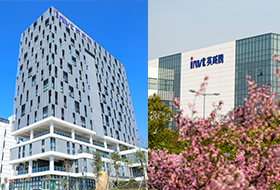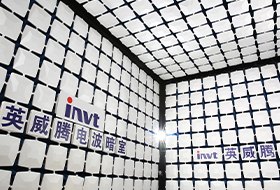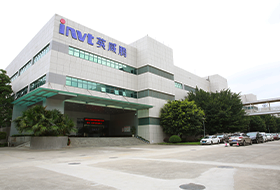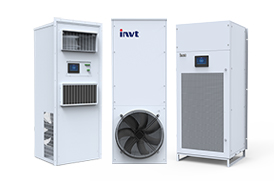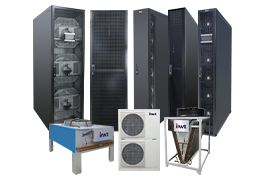What is a data center? What types are there? How to work?
01 What is a data center?
A data center is a room, building, or group of buildings that houses back-end computer systems, with user interfaces and supporting systems such as cooling capacity, physical security, and networking equipment. Remote data centers power all cloud infrastructure.
A data center is a physical facility that provides computing power to operate programs, storage for processed information, and a network that connects people to the resources needed to perform tasks and support business operations.
In general, there are four recognized data center classes. The numerical tiers assigned to these data centers represent redundant infrastructure, power and cooling systems. Typically assigned to these levels are the following values or functions:
• Tier 1: Provides no built-in redundancy to ensure optimal availability and hours of annual downtime.
• Tier 2: Reduced annual downtime due to the incorporation of partial redundancy to ensure that power and air conditioning continue to support operations.
• Tier 3: Ensures greater uptime and protection against power and cooling issues with less than a few hours of downtime per year.
• Tier 4: Provides 99.995% uptime per year with less than 1 hour of downtime per year.
Storage and computing power for applications, information, and content reside in data centers. Accessing this data is a major concern in this cloud-based, application-driven world. Using high-speed packet-optical communications, data center interconnect technology connects two or more data centers across short, medium, or long distances.
Additionally, hyper-converged data centers are built on hyper-converged infrastructure, which is a software architecture that integrates computing, networking, and storage commodity hardware. Consolidating software and hardware components into one data center simplifies handling and management, with the added benefit of lowering an organization's IT infrastructure and management costs.
02 How does a data center work?
Data center work is based on the successful execution of data center operations. Data center operations include the day-to-day maintenance of the data center's systems and processes.
A data center consists of real or virtual servers connected externally and internally through communication and networking equipment to store, transmit and access digital data. Every server is equivalent to a home computer in that it contains a CPU, storage space, and memory, but is more powerful. Data centers use software to cluster computers and distribute the load among them. To keep all of this running, data centers use the following key elements:
【1】High availability system and redundancy
【2】Network Operation Center
【3】Uninterruptible power supply
【4】Physical security measures
【5】Powerful cooling system
【6】Backup power system
【7】Data center computerized maintenance management system
03 Data center type
【1】Enterprise data center
Enterprises build and own these private data centers for their end customers. They can be placed both internally and externally to serve a single enterprise's IT processes and essential applications.
【2】Hosting facility
Multi-tenant data centers, known as colocation data centers, provide data center space to businesses that wish to host their computer equipment and servers remotely.
【3】Edge Computing Data Center
The desire for instant connectivity, the expansion of the Internet of Things, and the need for insights and robotics are driving the emergence of edge technologies that enable processing closer to the actual data source. An edge data center is a compact facility that addresses latency issues by being located at the edge of the network and close to the data source.
【4】Super large data center
Hyperscale data centers are designed to host large-scale IT infrastructure. These hyperscale computing infrastructures, synonymous with large-scale providers like Amazon, Meta, and Google, optimize hardware density while reducing cooling costs and management overhead.
【5】Cloud Data Center
These decentralized data centers are operated by third-party or public cloud providers such as AWS, Microsoft Azure, and Google cloud. The leased infrastructure is based on an infrastructure-as-a-service approach that allows users to set up virtual data centers in minutes.
【6】Modular data center
Modular data centers are modules or physical containers bundled together with ready-to-use plug-and-play data center elements: servers, storage, network hardware, UPS, stabilizers, air conditioners, etc. In permanent cases, they are implemented to free up space or to allow organizations to grow rapidly, such as installing IT equipment to support classrooms in educational institutions.
【7】Hosting data center
In a colocation data center, a third-party provider provides a business with processing, data storage, and other related services to help manage its IT operations. This type of data center is deployed, monitored and maintained by a service provider who provides functionality through a controlled platform.
04 Summarize
Data centers are the backbone of modern computing. They not only store information, but also support resource-intensive data operations such as analysis and modeling. By investing in data center architecture, we can better support IT and business processes. A well-run data center is one with minimal downtime and scalable capacity while keeping costs at an optimal level.

 networkpowersales@invt.com.cn
networkpowersales@invt.com.cn
